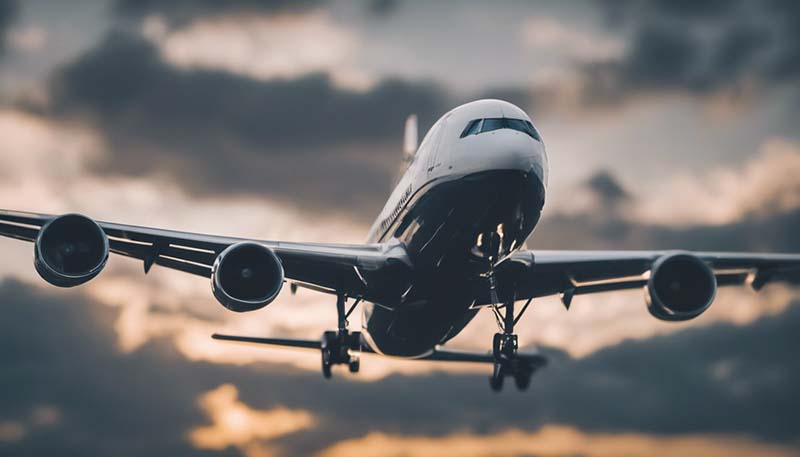Air travel has become an essential mode of transportation in today's globalized world. With millions of people crossing borders and continents every day, the safety of commercial aviation is of paramount importance. Airplane safety regulations play a crucial role in ensuring that passengers, crew members, and the general public can rely on a secure and efficient air transport system. This article aims to discuss the significance of these regulations and the various measures taken by governments and aviation authorities to maintain a secure skies for all.
Historical Context
The history of aviation is filled with milestones and achievements, but it also comes with its share of tragedies. Over the years, air disasters have prompted governments and aviation organizations to establish and enforce safety regulations. Some of the most notable incidents, such as the Tenerife airport disaster in 1977 and the Lockerbie bombing in 1988, have led to significant changes in the way air travel is managed and supervised.
Advertisement
International Aviation Authorities
Several international organizations are responsible for setting and enforcing global aviation safety standards. The International Civil Aviation Organization (ICAO) is a specialized agency of the United Nations that establishes and monitors compliance with international aviation standards and practices. The European Union Aviation Safety Agency (EASA) and the Federal Aviation Administration (FAA) of the United States are other examples of regional and national authorities that regulate the safety of air travel.
Safety Regulations and Standards
Airplane safety regulations encompass a wide range of topics, including aircraft design and manufacturing, pilot training and licensing, air traffic control, and airport operations. These regulations are designed to minimize the risk of accidents and ensure that all stakeholders in the aviation industry adhere to the highest safety standards.
Some key areas of focus in airplane safety regulations include:
- Aircraft design and manufacturing: Ensuring that aircraft are designed and built to meet strict safety requirements, including structural integrity, performance, and the use of advanced technology.
- Pilot training and licensing: Establishing rigorous training programs and licensing requirements for pilots to ensure they possess the necessary skills and knowledge to safely operate aircraft.
- Air traffic control: Regulating the coordination and management of air traffic to prevent collisions, manage airspace, and ensure efficient use of resources.
- Airport operations: Setting standards for airport infrastructure, maintenance, and emergency response procedures to ensure a safe environment for passengers and crew members.
Continuous Improvement and Adaptation
The aviation industry is constantly evolving, with new technologies and challenges emerging regularly. As a result, safety regulations must be continuously updated and adapted to address these changes. This process often involves collaboration between governments, aviation authorities, and industry stakeholders, as well as ongoing research and development efforts.
For example, the increasing use of drones in commercial and recreational applications has prompted the need for new safety regulations to address concerns related to privacy, security, and the potential for collisions with manned aircraft. Similarly, the development of autonomous and electric aircraft presents unique challenges that must be addressed through the establishment of new safety standards and regulations.
Challenges and Future Outlook
Despite the many advances in airplane safety regulations, there are still challenges to be faced. Some of the most pressing issues include the need for harmonization of safety standards across different jurisdictions, addressing the risks associated with climate change, and ensuring that emerging technologies are developed and implemented safely and responsibly.

The future of air travel will likely involve increased collaboration between governments, aviation authorities, and industry stakeholders to address these challenges and continue to improve the safety of commercial aviation. By working together, we can ensure that the skies remain secure for all who rely on air travel for business, leisure, or connecting with loved ones.